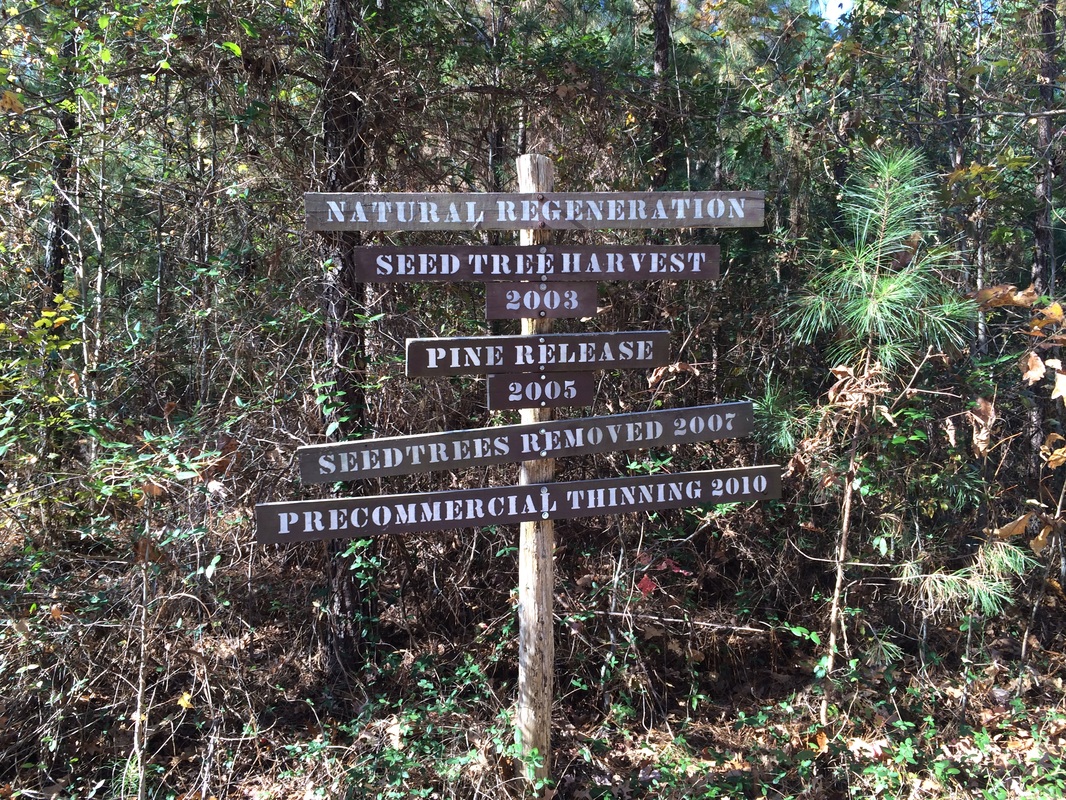Here is how you get to the wilderness:
Car. Your street. Bigger street. Big street. Entrance ramp. Divided highway. Exit ramp. Big intersection. Big street. Smaller street. Small street. Gravel shoulder. Then you click your key and the car beeps and you go off into the wilderness.
Just like John Lawson did, right?
So okay, I can be a little jealous of the actual wilderness Lawson faced and his actual relationship to it, but what I'm noticing right now is not just that -- it's that everything we call wilderness around here, in the Piedmont, is second growth. "The Piedmont is either plowed, paved, or in succession," according to the Field Guide to the Piedmont, by Michael Godfrey (I found this quotation, and at least one other I'll use here, through The Duke Forest at 75: A Resource for All Seasons). Which is exactly right.
Once Europeans came along, not so much, according to Herny Oosting in American Midland Naturalist in 1942: "Land was cheap and little thought was given to agricultural practices that would maintain soil productivity. ... [A]fter several years of cultivation without fertilizing, they became relatively unproductive. It became common practice to abandon such fields and clear new land." Which is why most of what we Piedmont-dwellers call "wilderness" is basically abandoned farms, gathered up by government or university in the 1930s and 1940s, now managed for research, the teaching of forestry practices, and recreation.
| Every walk I take in the woods, I traverse forest road, developed trail, following blazes, gravel pathways, little wooden bridges, consciously rural in character. For that reason perhaps more than any other I'm looking forward to my next trip following Lawson's path. I will pass through well-managed landscape -- the Francis Marion National Forest -- that has been inhabited by Indians for millennia and Europeans for centuries, but the land is so swampy and kind of difficult that much of it remains in the shape it was when Lawson visited and before; it is named for the famous Swamp Fox of the Revolutionary War who used its trackless backwaters as a base from which to harry the Tories. In any case, land too swampy for farming makes for undisturbed territory. In the little town of McClellanville, which I visited during my first section, I saw the Deerhead Oak, uncertainly estimated to be 1500 years old but many hundreds of years old no matter what. Lawson could have seen it. | And he could have seen many of the bald cyprus I'll see there -- and have seen in Grifton, not far east of here, where he died. But that's coastal plain, not Piedmont. That's in swampy areas where the farming is hard and you can just pass through in a boat. Once you get to the fall line -- where the rivers stop being easily navigable from the coast -- the settlers tended to farm where they were, for as long as they could, then move on, leaving wrecked land. So in my neighborhood -- virtually anywhere past the fall line in North and South Carolina -- you don't see many such landscapes, many such trees. And so I'm glad I'm soon heading back out. I want to see some first-growth woods. And I'm glad I'm following Lawson, because that's made me think about the second-growth woods of my own. |



 RSS Feed
RSS Feed